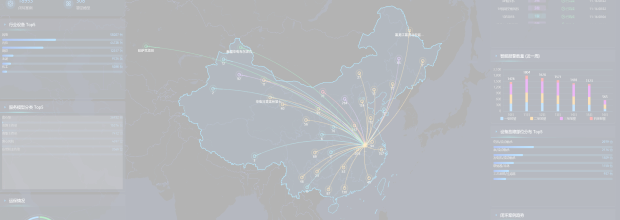Escalator
As one of the key passenger-carrying facilities in subway systems, ensuring the operational safety of escalators is equivalent to ensuring public safety. By adding sensors to key components to collect status data—and combining real-time monitoring data on the escalators’ operational and fault conditions with existing large-scale fault data—Ronds uses PHM (Prognostics and Health Management) theory, IoT technology, and deep learning algorithms to study fault warning trends and establish an escalator fault diagnosis and intelligent early warning system. This transforms “scheduled maintenance” into “condition-based maintenance,” ultimately reducing accidents and lowering total lifecycle maintenance costs for escalators.

Monitoring Challenges




-
High Environmental Risks
Densely populated areas pose significant risks, making equipment safety crucial.
-
Severe Impact of Accidents
Escalator malfunctions and accidents occur frequently, often causing injuries or fatalities.
-
High O&M Costs
Daily escalator operation and maintenance costs are high, currently relying on OEM services. Routine inspections are challenging and labor-intensive.
Solution Advantages




-
01Multi-Dimensional Monitoring
Multi-sensor integration enables comprehensive detection of various escalator faults.
-
02Accurate Monitoring
Robust edge computing capabilities help address frequent false alarms in the industry.
-
03Professional Analysis
Specialized analytical tools enable precise fault diagnosis.
-
04Round-the-clock Monitoring
Remote monitoring compensates for limited on-site diagnostic capabilities, reducing additional OEM maintenance costs caused by insufficient fault localization.
Start Your Journey to Intelligent Industrial Equipment Maintenance
















